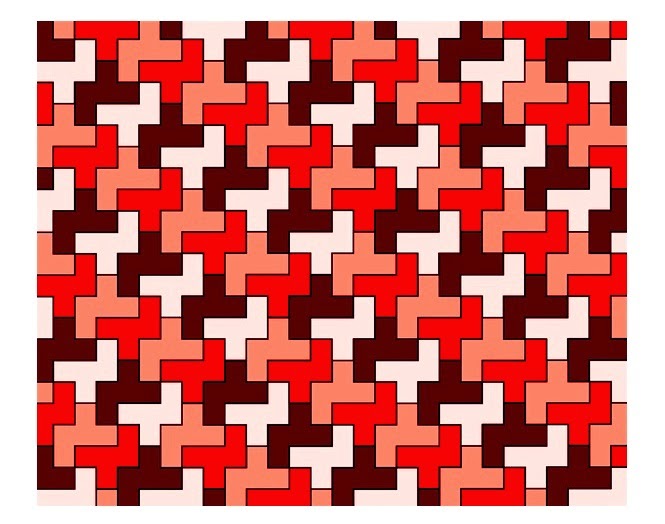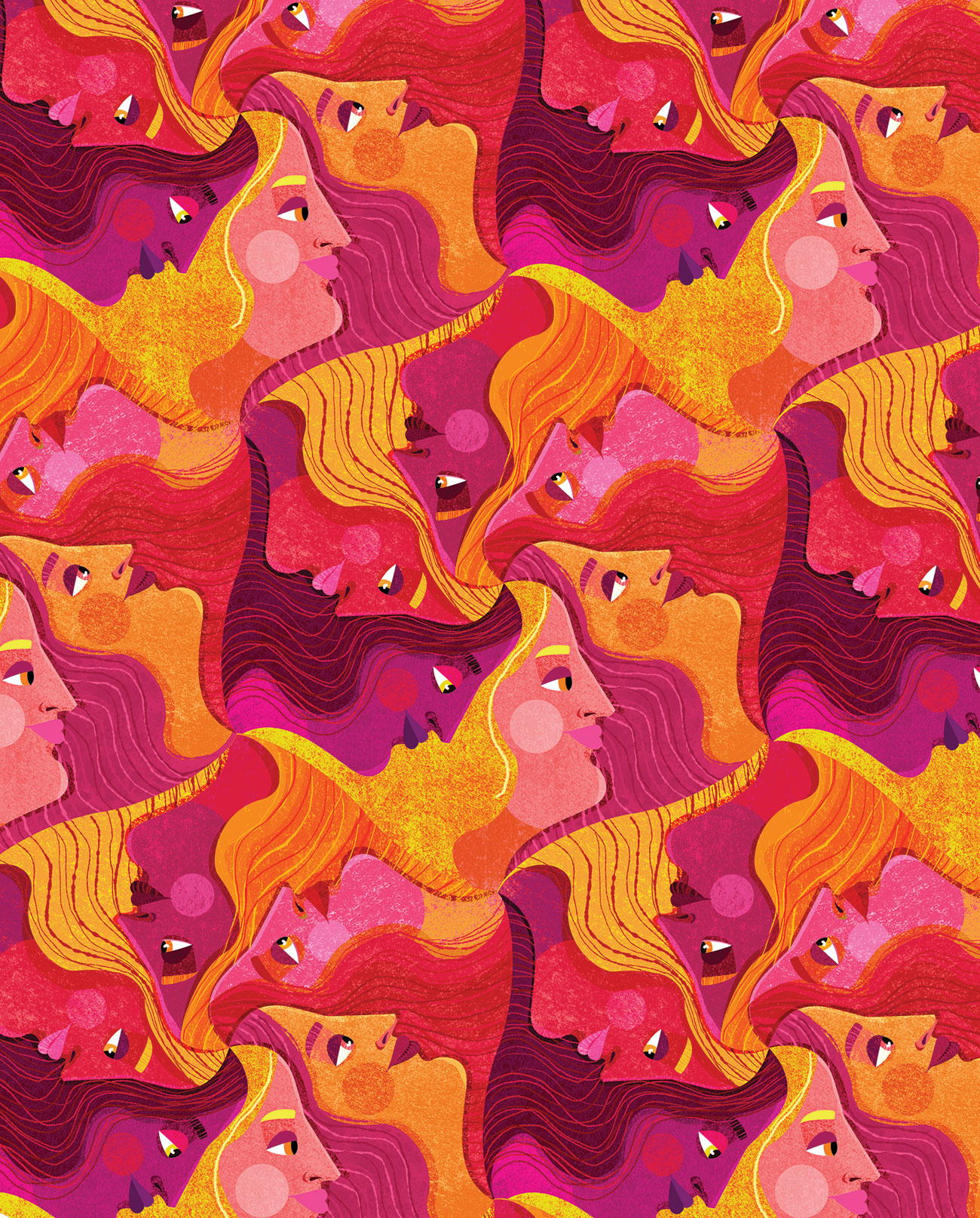

create and critique inductive and deductive arguments concerning geometric ideas and relationships, such as congruence, similarity, and the Pythagorean relationshipĪpply transformations and use symmetry to analyze mathematical situations.understand relationships among the angles, side lengths, perimeters, areas, and volumes of similar objects.precisely describe, classify, and understand relationships among types of two- and three-dimensional objects using their defining properties.The activities and discussions in this lesson address the followingĪnalyze characteristics and properties of two- and three-dimensional geometric shapes and develop mathematical arguments about geometric relationships examined tessellating patterns in the world around them.learned about several types of polygons.Upon completion of this lesson, students will have: The activity and discussions may be used to develop students' understanding of polygons and symmetry as well as their ability to analyze patterns and explore the role of mathematics in nature and world culture.

This lesson allows students to examine the mathematical nature of art, tilings and tessellations.


 0 kommentar(er)
0 kommentar(er)
